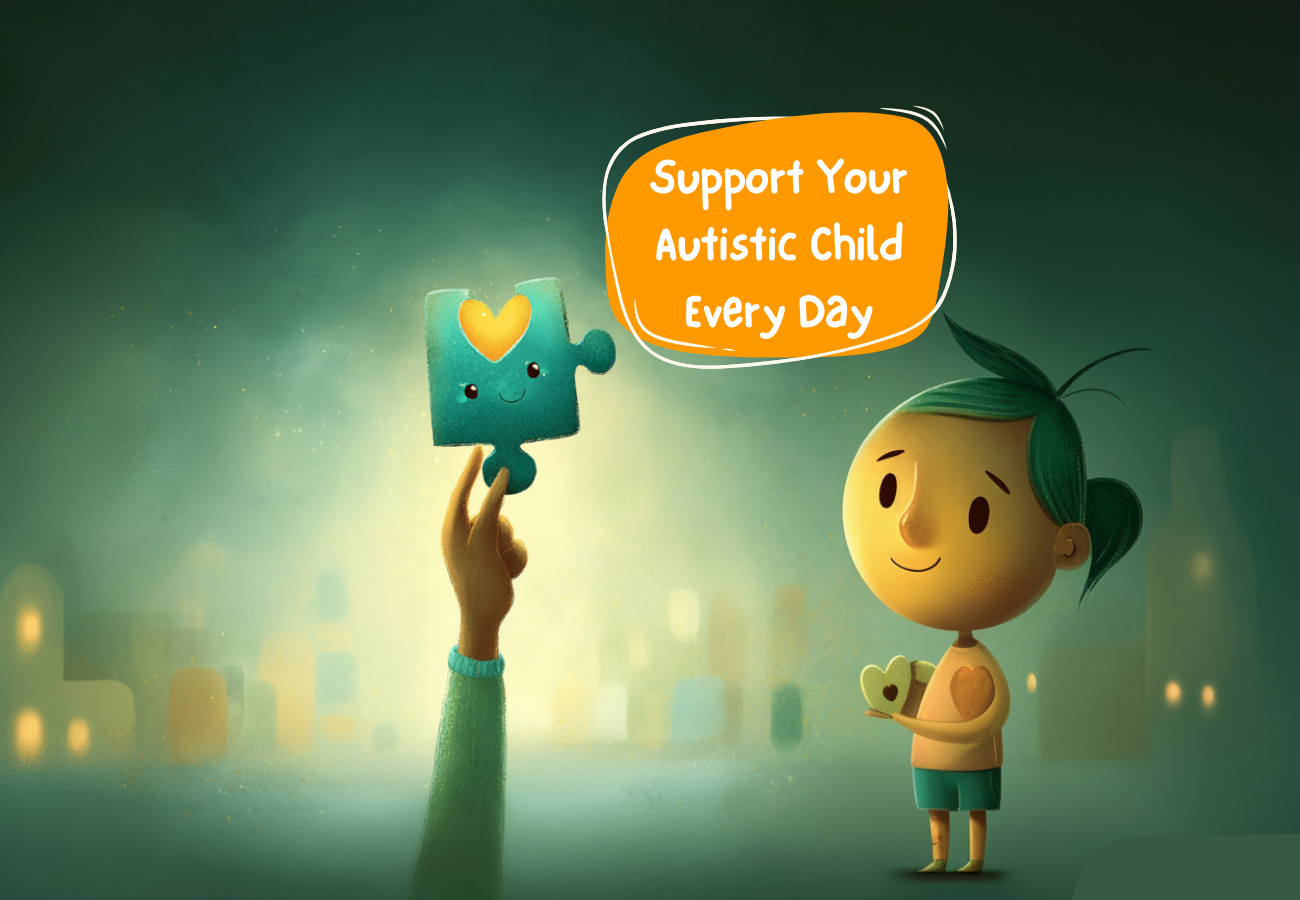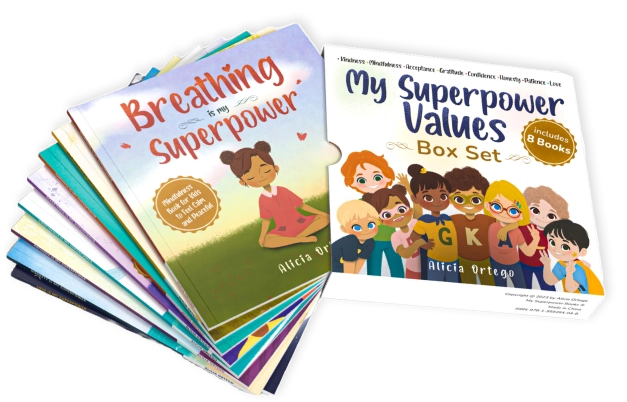Teaching Tolerance – Important Points to Follow
 Imagine a world where people understand and respect each other, regardless of gender and race. Is it too far fetched with everything that is happening around the world? However, there is still hope and that hope lies in the hands of future generations.
The youth of today can alter what lies before them. It all starts with learning and having tolerance. A virtue that a lot of people may have lost touch with. But, never too late to imbibe. Teaching kids tolerance lies in the hand of the adults surrounding them.
Imagine a world where people understand and respect each other, regardless of gender and race. Is it too far fetched with everything that is happening around the world? However, there is still hope and that hope lies in the hands of future generations.
The youth of today can alter what lies before them. It all starts with learning and having tolerance. A virtue that a lot of people may have lost touch with. But, never too late to imbibe. Teaching kids tolerance lies in the hand of the adults surrounding them.
What is tolerance?
According to the dictionary, tolerance is the ability to tolerate something, in particular the existence of opinions or behaviour that one does not necessarily agree with. Tolerance can be translated to:- Respecting others and learning from them
- Honouring differences
- Bridging cultural gaps
- Renouncing unfair biases or judgements
- Establishing common interests
How can parents and teachers teach tolerance in school and at home?
Lead by Example
Both at home and at school, adults need to show the right way to exude tolerance in every situation. Children are like sponges. They absorb everything they see, hear, and feel. Their curious minds allow them to be receptive of what they see around them. Parents and teachers have to ensure that they exhibit an attitude of respect towards others.At Home
Children pick up their parent’s values, whether you like it or not. As such, parents have the duty to teach tolerance from the moment kids learn how to communicate with others. First of all you have to be patient with people, but also here are some practical tips you can employ at home.Avoid stereotype jokes.
Joking around is given to bond with your child. But, be wary of throwing jokes that instigate stereotyping other people.Choose the things they read, listen, or play with carefully.
Select books, toys, and music that acknowledge and celebrate diversity. Especially for songs, videos, and books they are exposed to, ensure that the content is pro-inclusivity. For this reason I’ve created the book about acceptance and tolerance to cover this important topic in easy words and clear examples.Be ready to explain when they see unfair portrayals in social media or entertainment media.
 The truth is social media and entertainment media have a great influence in shaping a child’s character. But, not everything they see or hear is positive. Most of the time, they present news and ideology that don’t align with the values you want to pass on to the kids. Stand guard on these instances, point out instances when you see unfair stereotypes thrown at the media.
The truth is social media and entertainment media have a great influence in shaping a child’s character. But, not everything they see or hear is positive. Most of the time, they present news and ideology that don’t align with the values you want to pass on to the kids. Stand guard on these instances, point out instances when you see unfair stereotypes thrown at the media.
Boost your child’s self-esteem.
In a world full of judgemental beings, it is easy to get lost and be consumed in getting the approval of the public. Make your child feel respected and loved. As they go out to the world, they will have more love to share with others. A simple smile to strangers, regardless of race, age, and gender, teaches them to be open to other people.Allow your children to mingle with other kids.
Exposure to a variety of children teaches kids how to be cordial and how to easily adapt to their peers. Schedule playdates with families of different ethnicity or gender to allow your child to experience mingling with a diverse society.Travel with your children to other states or countries.
Nothing beats having a first-hand experience in learning about other cultures and meeting new friends. Traveling opens a child’s mind that there is so much variety in the world they live in. And it’s the diversity that makes living on Earth joyful and exciting.At school
Teachers are the second parents of children. School is a place where kids would automatically be exposed to other children with different backgrounds. Here are some ways teachers can teach tolerance to school children:Decorate your classroom with inspirational messages
Displaying quotes and reminders that encourages tolerance, acceptance, and diversity helps children to be mindful of their actions.Create a safe place for children.
The classroom should be a safe place where children can voice out their opinions and ask questions on things they are curious about. Having an ear to listen to their woes and getting a comforting pat and advice from a reliable adult. This is the best way to foster an environment where people respect varying opinions. Thus, will teach empathy which is the antidote to bullying. Mind, that before going to school it’s best to teach kids about personal boundaries and respecting those of other people’s.Celebrate cultural traditions from various countries.
Mini school festivals are a great way to showcase the festivities and traditions practiced in various states and countries. As what the renowned writer Paulo Coelho said, “Tolerance and compassion are qualities of fearless people.” The rise of technology has allowed the world to grow smaller each day. You get exposure to various cultures and practices everyday. As such, teaching kids to be tolerant is crucial in accepting these differences and embracing diversity, instead of shying away from it. There is hope in the future generation. And one day, the world will be filled with people who understand and respect each other, regardless of gender and race.More articles

How Children Are Able to Dispatch Meaningful Holiday
The Christmas season is an occasion that brings happiness, warmth, and the ideal moment that children can bring their loved ones close and far. Although digital messages are now the new phenomenon, there is something very special about getting a physical card in a mail-box. More so with all the special touch of a child. […]

Practical Ways to Support Your Autistic Child Every Day
Autism is something many people still don’t fully understand, and that lack of understanding often leads to unfair assumptions. Some see certain behaviors as bad manners or poor parenting, when in reality, autism is a neurological condition that affects how a person communicates, learns, and experiences the world. For parents, receiving a diagnosis can feel […]

25+ Best Halloween Books for Kids (Read-Alouds, Picture Books & Chapter Books)
Halloween means costumes, pumpkins, and just the right amount of spooky fun. But beyond trick-or-treating, one of the best ways to celebrate is with a cozy stack of Halloween books for kids. Whether your little one loves silly stories about pumpkins, magical witches, or slightly spooky mysteries, there’s something here for every age group—from toddlers […]



